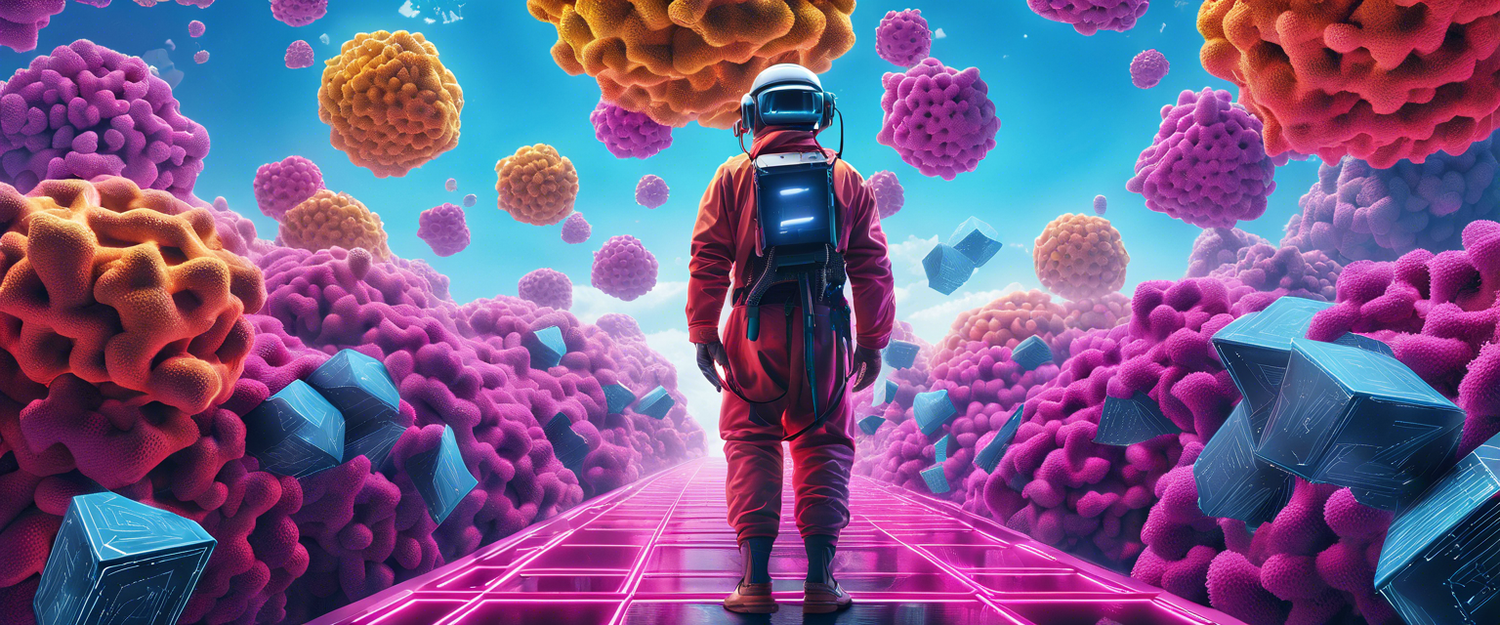Harnessing the Power of Decentralized AI through Blockchain Technology
As the demand for artificial intelligence (AI) continues to soar, it is becoming increasingly clear that conventional methods of resource allocation are insufficient. According to a piece published by BlockBeats on September 28, 2023, the CEO of Theta Labs shared insights about the insatiable demand AI has for resources, particularly electricity and computing power.
Electricity and Data Consumption of AI
In 2022, AI's electricity usage reached an astounding 460 terawatt-hours (TWh). This figure is projected to rise dramatically, with estimates suggesting that by 2026, consumption could climb to anywhere between 620 and 1050 TWh. The most pressing need for AI, however, is computing power, which facilitates:
- Complex model training
- Large dataset analysis
- Extensive inference execution
The Untapped Resource: Smartphones and Tablets
One of the most significant yet underutilized resources for AI development is the vast network of smartphones and tablets. In 2024, it is expected that 1.21 billion devices will be shipped, representing a massive pool of computing power that remains largely untapped. The exact potential of this idle computing power is difficult to estimate, but the implications are profound.
Blockchain: A Decentralized Solution for AI
Blockchain technology is uniquely positioned to support the development of a distributed AI ecosystem. The decentralized nature of blockchain aligns perfectly with the vision of harnessing the idle computing power of millions of devices worldwide. Here’s how blockchain can benefit AI:
- Secure Resource Sharing: Blockchain offers a secure framework for sharing computing resources among users.
- Transparency: Every transaction on a blockchain is recorded, ensuring transparency in resource utilization.
- Incentivization: Users can be incentivized to lend their computing power, creating a collaborative environment.
The Future: Edge Computing and Decentralization
The future of AI innovation is not based on constructing larger data centers; instead, it lies in maximizing the existing computing power present in individual homes and pockets. By embracing edge computing and a decentralized approach, the AI ecosystem can evolve into a more inclusive and efficient model.
This strategy democratizes access to AI resources, ensuring that its benefits are extended beyond a privileged few. It also aligns with global sustainability goals, as utilizing already existing devices can reduce energy consumption associated with new data center constructions.
Conclusion
In conclusion, the intersection of AI, blockchain technology, and decentralized computing presents exciting opportunities for innovation and sustainability. By leveraging the untapped computing power of smartphones and tablets, we can build a more equitable AI landscape that benefits all.



Leave a comment
All comments are moderated before being published.
यह साइट hCaptcha से सुरक्षित है और hCaptcha से जुड़ी गोपनीयता नीति और सेवा की शर्तें लागू होती हैं.